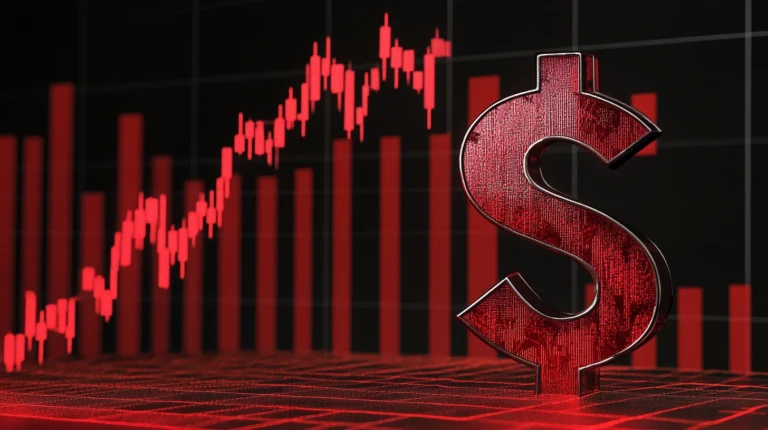Recent events in Washington are casting a shadow over the U.S. dollar’s long-standing reputation as a global safe haven. Analysts at Capital Economics have voiced concerns that escalating trade tensions and erratic policy decisions under President Donald Trump are beginning to erode the confidence investors traditionally place in the greenback.
Earlier this month, a major index measuring the dollar’s performance against a group of foreign currencies took a hit. This downturn coincided with a surge in market unease triggered by Trump’s sudden moves to implement sweeping tariffs on a broad range of nations. While those measures were partially rolled back in response to sharp volatility in equities and bond markets, the damage may have already started to take root.
Trump’s administration has since opted to temporarily exclude various technology-related goods such as smartphones and laptops from the list of targeted imports. However, the president hinted that this pause may be brief, as additional duties, particularly on semiconductor products, remain under consideration.
As of the latest market session last Monday, the dollar continued its decline, sinking toward levels not seen in nearly three years. In contrast, traditional rivals like the euro and the Japanese yen have been gaining traction. Growing unease among investors has led to a noticeable pullback from dollar-based holdings, with many reallocating funds to other perceived safe-haven assets.
In a client briefing, Capital Economics described the situation as an example of “indirect damage” to the dollar’s standing, fueled by a surge in economic uncertainty and weakening faith in the reliability of U.S. policymaking. The analysts highlighted that this climate of instability is also being felt in the Treasury market, which, alongside the dollar, has long been viewed as a shelter in times of global financial stress. U.S. government bonds have seen sharp sell-offs recently, as traders digest the potential long-term impacts of Trump’s tariff policies.
The economists cautioned that it’s premature to assess the full scope of the disruption, suggesting there’s still room for corrective action by U.S. leaders. However, they acknowledged that the dollar’s privileged position as the world’s dominant reserve currency is no longer entirely unquestioned. Although the structural advantages such as widespread usage and established financial networks that have supported the dollar’s dominance for decades remain in place, there are signs of mounting pressure.
Despite these challenges, Capital Economics believes that a partial recovery in the dollar is possible, assuming conditions stabilize. Yet, given the current landscape, they expressed skepticism that the dollar will soon return to its typical trading behavior.
Much of what happens next, they argued, depends on the direction taken by the Trump administration. Policy unpredictability, they warned, could be a decisive factor in shaping the dollar’s path going forward.

